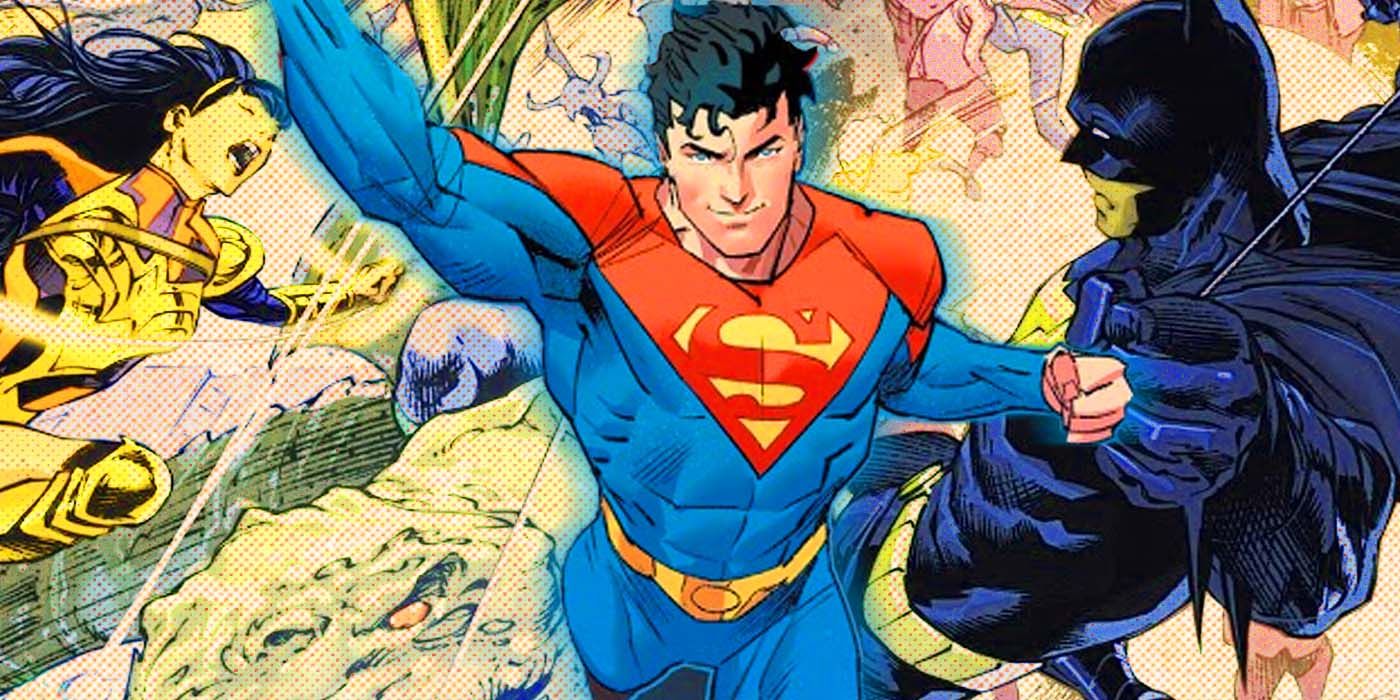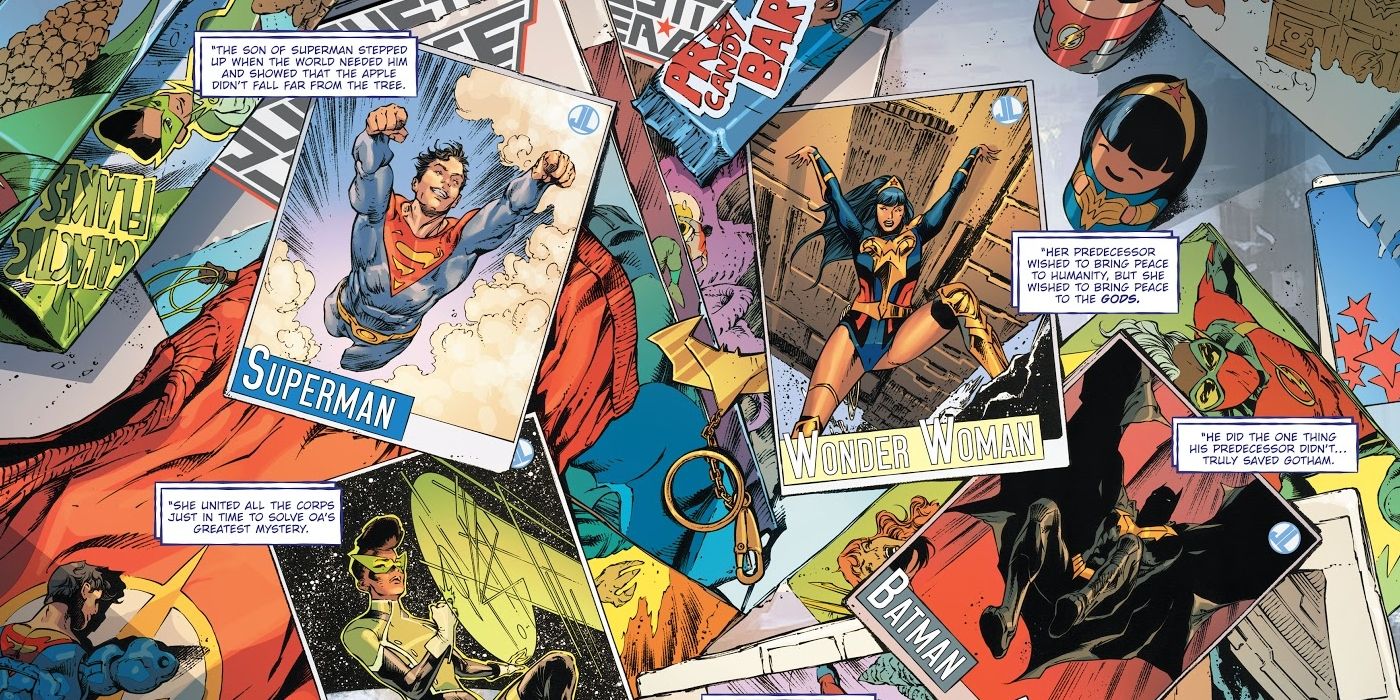
WARNING: The following article contains spoilers for Future State: Justice League #1 by Joshua Williamson, Robson Rocha, Daniel Henriques, Romulo Fajardo Jr. and Tom Napolitano, on sale now.
It was no surprise that DC's Future State would have different heroes taking up the mantles of its greatest heroes. While some inherited their title from parents, others earned them from mentors or just took it upon themselves to fulfill the role of those missing in action. One of the most anticipated future rosters belonged to the Justice League. How would a new team of the world's greatest heroes fair in an unfamiliar future? The answer, it would seem, is pretty well. The Justice League has apparently done what their predecessors never could: Save the world.

This version of the Justice League, comprised of Jon Kent, Yara Flor, Tim Fox, Andy Curry, Jo Mullein and Jess Quick, has more than proven their worthiness of being the world's protectors. While many would initially doubt them, they proved their naysayers wrong by fulfilling many of the missions their parents or predecessors set out to accomplish in the first place. Tim saved Gotham City, something Bruce Wayne never did. Yara Flor reached out to the gods to bring peace to them. And Jon Kent... well, his story is still ongoing, but he has more than proven that he is his father's son.
But when Jon debated bringing on more members, he was quickly rebuffed by most of the team, Yara especially. It seemed that just being better than their predecessors was not enough to save the world. In the wake of tragedy that took down the previous League when their secret identities were leaked, the survivors came up with a charter to limit fraternization amongst its members. This way, the various heroes could be assured of the security of their personal lives. It also limited any emotional entanglements that might have arisen from more personal relationships among team members.

Granted, some members knew each other already, including Jon and Yara, but the rest were in the dark about the identities of their teammates (except for Andy and Jess, who have been meeting in secret). Despite Jon's concerns, this might explain why this new League is so efficient. Without having to worry about emotional attachment, the League can think clearly and decisively. They know what their mission is and how to effectively work together. The world they live in seems to be proof that this method of heroics is successful -- they live in a time of peace. Space-travel is more common, there are hints of multiversal exploration from Aquawoman's brief description and the Legion of Doom seems to be more rundown than ever before.
But Jon has a point as well. The old Justice League was more than a team, it was a family. Jon may be yearning for the old days when he had a support system that could keep him grounded and remind him that he isn't always Superman. Yara seems to be content with how things are, taking solace in the fact that the world is safe (for the most part). But this might just be because she never really grew up with those close bonds between heroes like Jon did (or didn't, with all the time-traveling). No matter how they choose to act around each other, this Justice League has definitely saved the world. Now they just have to protect what they built.
0 Comments